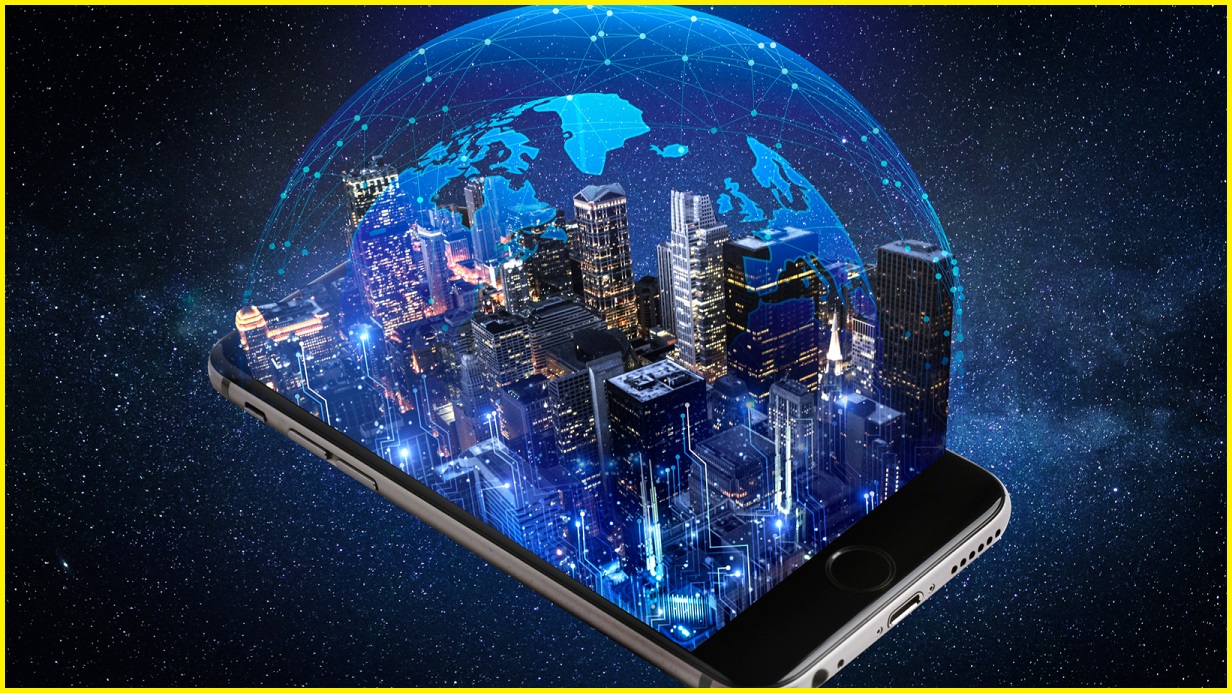Mobile network operators have welcomed 5G with open arms, but its commercial prospects could be dimmed by consumer apathy and a growing line-up of competitors drinking from its most important revenue streams.
Fully 84 per cent of consumers have yet to be convinced that 5G services are worth paying Telstra’s proposed $15 per month premium, according to Deloitte’s recently released Mobile Consumer Survey 2019 – which also found that many consumers have grown tired of the hype around the technology.
Fully 5 per cent fewer Australians would this year switch to 5G as soon as it’s available or when they hear good things about the technology than they would last year, Deloitte found.
Carriers have been working hard to drum up enthusiasm for emerging 5G services, with Telstra recently running an 8K virtual reality demo over its 5G network, Optus joining Ericsson to promote their first 5G-powered drone flight, and some arguing that 5G networks would compete with the NBN rollout (analysts refute this).
Chinese phone maker OPPO this month joined Ericsson to launch a lab for developing 5G applications, US carrier Sprint recently launched that country’s first 5G-connected smart city, and the Australian government has commenced a formal inquiry to identify potential 5G use cases.
The survey also found Australians are holding onto their existing mobile phones for longer – 3.5 years on average, compared to 3 years in 2017 – because newer models lack enough compelling features to convince them to upgrade.
That could be bad news for 5G, which requires the purchase of a new phone – but with the price tag of new premium iPhones passing $2000, that’s a much bigger commitment than it used to be.
The IoT challenge
Yet 5G’s biggest problem may not even be the lacklustre interest of consumers, but its vulnerability to other technological developments that threaten to divert revenues that carriers need to claw back their multi-billion dollar investments in 5G spectrum and networks.
While mobiles have become increasingly popular for watching films or TV series on the go, for example, they are losing their primacy in increasingly connected homes as voice-assisted speakers – installed in 51 per cent of homes despite security concerns – help consumers avoid reaching for their phones as often.
An even bigger threat, however, comes from the Internet of Things (IoT) – a projected $US1.2 billion ($A1.7b) opportunity by 2024 where 5G faces competition from myriad terrestrial and satellite wireless networks that connect nearly anything, anywhere.
“Use cases such as massive machine-type communications and ultra-reliable low-latency communications will help in the growth of 5G services,” said Amit Sharma, Project Manager of Telecoms Market Data & Intelligence at GlobalData.
Rivals are moving quickly to capture those revenues.
South Australian space-tech innovator Myriota, for one, this month announced a partnership with local manufacturer Motherson to produce “millions” of its Myriota Module, a low-powered telemetry device that transmits sensor readings to the low-earth Myriota satellite network from anywhere – including places that are well beyond the limited coverage of 5G networks.
The module “provides a great market opportunity for our business in industries like mining and agriculture where long-endurance remote resource monitoring is vital,” said Damien Cox, COO of early Myriota adopter Zepiro – which has been buying the modules for use by its mining clients.
“The low-cost and robust nature of this technology allows us to economically retrieve critical telemetry from difficult-to-access locations.”
Myriota is only one of numerous efforts to build wireless networks that will collect IoT data from the field for storage and processing.
Recent years have also seen the launch of similar services that leverage emerging wireless standars like Sigfox and LoRaWAN, which power efforts from firms like Thinxtra, Meshed, M Innovation, and The Things Network.
Each of those is a competitor to 5G – and with larger coverage and more devices already in the field, 5G is playing catchup in areas where it needs to play strongly to cement its relevance, such as providing ubiquitous coverage to support autonomous vehicles or control over widely distributed smart-city components.
Years to go for 5G
Yet 5G won’t be truly competitive with dedicated IoT networks until it is augmented with millimetre-wave (mmWave) technology, which requires additional spectrum and associated legislation.
Authorities are on it, but the lag time could put the fledgling technology on the back foot early into its evolution.
It’s a disconnect that telecommunications consultant Paul Budde identified months ago when he contemplated 5G’s business case and warned about “fierce competition” from IoT network providers, predicting that “nothing much would change” with 5G and that the technology “is not going to provide any new revenues ... for many years to come.”
“In order for operators to start generating new revenues from the much talked about IoT services – such as smart city applications, autonomous vehicles, smart energy, smart transport – we will have to wait until there will be a significant level of coverage of the 5G networks,” he wrote.
Delivery of “such complex services” would require the addition of mmWave, Budde added, noting that the technology’s high speed but relatively short transmission distances would require base stations around every 250 metres in city areas – which “could take 5 to 10 years”.
In the meantime, the Deloitte figures confirm that Australia’s 5G providers face an uphill battle selling consumers a more expensive solution for doing essentially the same things they can accomplish using today’s 4G networks.










